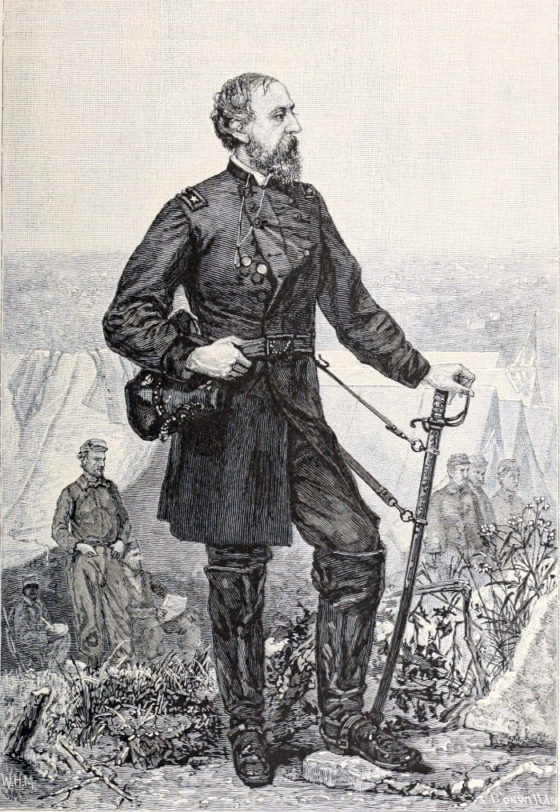
ON NOV. 14, 1910, a 24-year-old civilian aviator from Williamsburg, Iowa named Eugene Ely made history by successfully flying an airplane from the deck of an American warship, the light cruiser USS Birmingham, at Hampton Roads.
Ely got the Curtiss Pusher biplane airborne after accelerating along an 83-foot-long makeshift runway that had been attached to the vessel’s bow. The flimsy flying contraption cleared the deck before plunging towards the water.
The plane’s wheels skimmed the waves and Ely’s goggles were doused with spray, but the daredevil pilot managed to get the 700-pound machine into the sky. Moments later, he set down on a nearby beach.
Two months later, on Jan. 18, 1911, Ely performed an even more astounding feat: he became the first man in history to land an aircraft on the deck of a ship.
“It was easy enough,” he says after touching down on the battleship USS Pennsylvania. “I think the trick could be successfully turned nine times out of ten.”
So began the era of U.S. naval aviation.

Author Alan Carey charts Ely and other pioneering daredevils in his upcoming book: Contact!: Early U.S. Naval and Marine Corps Aviation, 1911-18. Set to be released by Key Publishing in September, the volume is an illustrated history of the formative years of American air power at se — from the first experimental take offs and landings to the evolution of the two services’ first wartime scouting, pursuit and bombing units.
In advance of the book’s release, the author has shared this gallery of photos.

Eugene B. Ely in flying gear, standing by his Curtiss pusher biplane, circa 1911. Note the rubber inner tubes worn as a life preserver in case of a forced water landing. Photograph from the Eugene B. Ely scrapbooks.

Left to right are Lieutenant Theodore G. Ellyson, Lieutenant John H. Towers, and 1st Lieutenant John W. McClaskey, USMC (Ret) seated on a dock at Hammondsport, New York, while at the Curtiss aviation facility there, summer 1911. Men are listed left to right. Courtesy of the Naval Historical Foundation, Collection of Commander T. G. Ellyson.

The A-1 Triad Hydroaeroplane is in the launching position at the top of the inclined wire cable. Lt. Theodore G. Ellyson is about to take a test flight from an elevated platform along a wire cable in Hammondsport, NY, in the summer of 1911. John Towers is holding the guidelines to the right wing.

William M. McIlvain became the third Marine Corps pilot and was designated naval aviator No. 12 on 10 March 1915. During World War I, he was assigned to temporary duty with R.A.F. Squadron 217 and then commanding officer of Squadron B of the Northern Bombing Group, Day Wing.

Curtiss F-Type flying boat (number C-5) Taxies past a destroyer circa 1914. The location may be Pensacola, Florida, which was visited by the Atlantic Fleet Torpedo Flotilla in April 1914. This photo is one of a series from the collection of a USS Walke (Destroyer # 34) crewmember, which was one of the three-stack destroyers of the type seen in this photo. Though this aircraft was redesignated AB-5 in March 1914, USN C-5 is clearly marked on its rudder.

An inflight photograph was taken over the Gironde River, near Bordeaux, France, in 1918, with a Bureau of Navigation Photo Division cameraman making motion pictures from the front seat. Photographed by Lieutenant Ruttan from another seaplane.

A Franco-British airplane (FBA) flying boat located at Naval Air Station Moutchic, France. Note the ramp used to haul a plane into and from the water. From the scrapbook of John Lansing Callan. Donor: Naval Historical Foundation.

Albert Dillon Sturtevant, Naval Aviator No. 77 (1894-1918), who served as an officer in the United States Navy during World War I, was a First Yale Unit graduate. The first U.S. military aviator killed in action, he was shot down in a dogfight with German seaplanes over the North Sea and was awarded the Navy Cross posthumously.

A scene at La Fresne aerodrome. The DH4 (right) of the “C” Squadron and DH9 (left) of the “A” Squadron have completed a day bombing mission in support of the British Army in Flanders. Ground crews (left) are reading the E8504, E-12, of the “C” squadron for the next mission.

Pilots and gunners of Marine Squadron “C” at La Fresne, France, in November 1918. Standing in the back row, in the center of the photo, and wearing a Sam Browne belt, is Captain Robert S. Lytle, Naval Aviator No. 605, Commanding Officer. Gunners are holding their single, twin-Lewis machine guns of .30 caliber.









